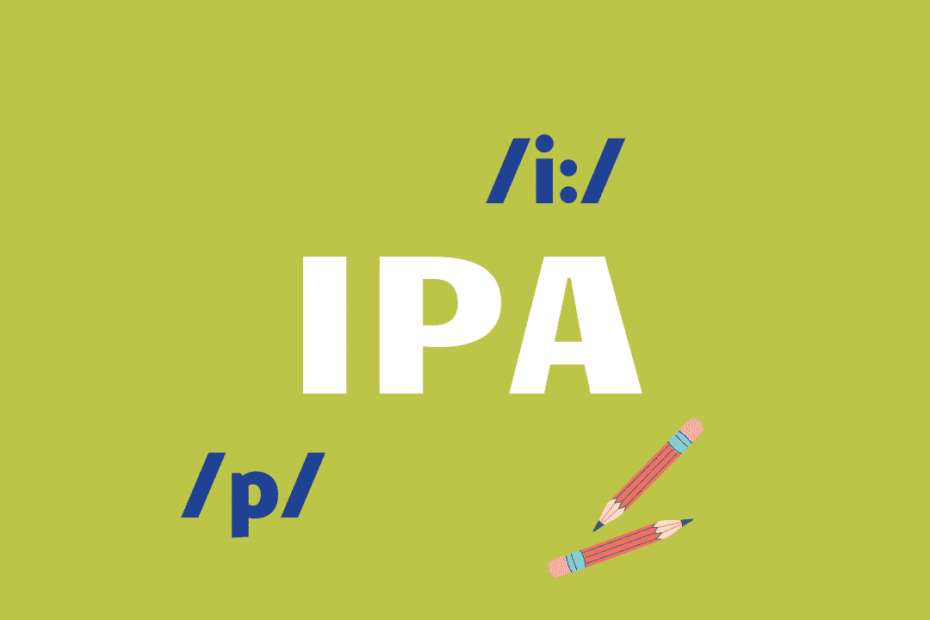International Phonetic Alphabet (IPA)
The International Phonetic Alphabet (IPA) is a system of phonetic notation that assigns a unique symbol to each sound that we can find in a language.
Our IPA chart for British English.
Its symbols are applicable to any language, that is, if two different languages feature the same sound, the exact same symbol is going to be used to transcribe it. Let’s see an example:
| Examples | IPA transcription |
|---|---|
| reach (English) | rit͡ʃ |
| chica (Spanish) | t͡ʃika |
Why IPA is important when it comes to English
In some languages like Spanish, there is a clear correlation between written letters and transcribed sounds, however, it is not so much the case in English.
In general, a letter can have different sounds (think of come and cinnamon), and a sound can be associated with different letters or clusters of letters (think peas and meet).
You can go to our IPA chart page to take a look at the set of symbols that describe the sounds of English. Likewise, you can go to Wikipedia and look up the IPA chart of whatever language you would like.
How can you benefit from learning a little IPA?
An English learner can benefit from IPA if he or she learns to identify the symbols and their pronunciation as sounds. With English, it’s not easy to just see a word and know how to pronounce it right away.
Or, sometimes, a learner can doubt whether the pronunciation of two sounds is the same or slightly different, and they can’t quite make it out by only hearing the pronunciation of a word by a native.
Moreover, a great tool we have found to learn IPA and use it to our advantage is Lingorado, a website that allows us to transcribe words or sentences into IPA. We can even choose to ask the website to transcribe using a British accent as a reference, or an American accent.
See the complete IPA chart
Want to improve your pronunciation?
- English pronunciation: an introduction
- Introduction to IPA
- IPA chart (International Phonetic Alphabet)
- The “ed” suffix of verbs
See also
Auxiliary verbs:
Modal auxiliary verbs:
Advanced grammar:
- Articles (a/an, the, zero article)
- Pronouns: subject, object and possessive
- Question tags
- English conditionals
- Interrogatives in English
- Determiners
- Phrasal verbs
- Prefixes and suffixes
- Reported and direct speech
- Punctuation: apostrophes, colons, semi-colons, commas, dashes, full stops, question marks, exclamation marks, and quotation marks
- Numbers: cardinal, ordinal, and Roman numbers
- The verb: “get”
- ‘Get’ vs. ‘go’ and ‘got’ vs. ‘gotten’
- Copular verbs
- Cleft sentences
- Subjunctive in English
- Vulgar and taboo in English
- Ellipsis
- Split infinitive
- Emphasis with inversion
- Gerunds in English
- To + infinitive
- Bare infinitive
- British and American spelling
